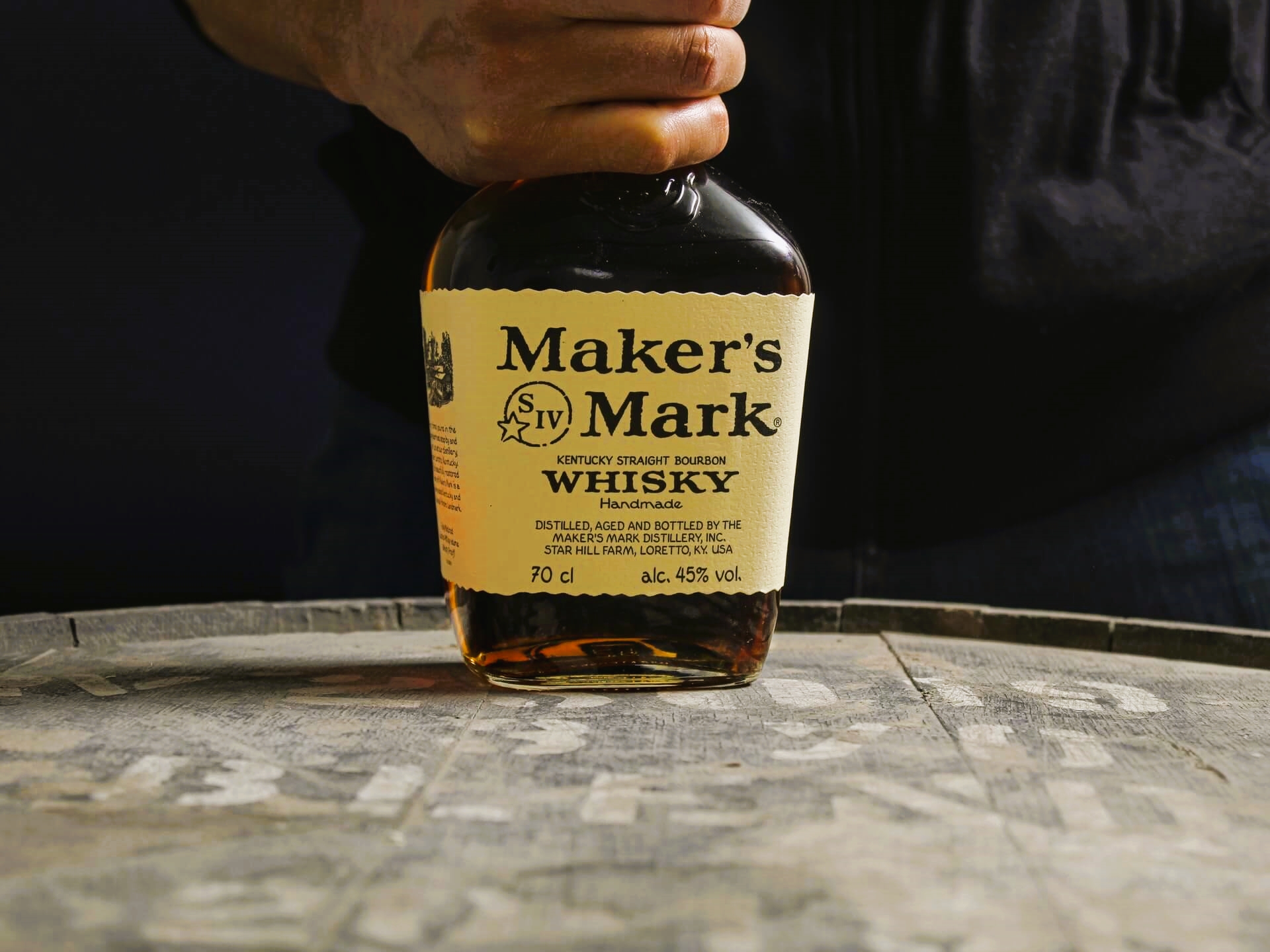National Bourbon Day: 2022 Trends
by David Klemt

Happy National Bourbon Day, a holiday celebrating one of America’s greatest creations and contributions to the whiskey world.
Hyperbole? I really don’t think so. Bourbon is a wholly American spirit that enjoys global demand.
We may not know the name of the first person to produce a bourbon. Like so many spirits and cocktails, the origins are mostly the stuff of myth and legend.
However, historians do believe America’s whiskey is named for the House of Bourbon, a French dynasty. So, some claim that the spirit is named for Bourbon Street in New Orleans. Still others say Kentucky’s Bourbon County is the inspiration for this whiskey’s name.
At any rate, it’s assumed bourbon was first produced in the 18th century. About a century later, the spirit became what we know it as today.
Additionally, bourbon is officially “distinctive product of the United States,” according to official recognition by Congress as of 1964.
That’s a lot of history and lore. But what about what’s going on now? Well, let’s take a look.
Barrel Finishing
Obviously, rules can sometimes stifle creativity and innovation. In fact, Andres Faustinelli of BEARFACE Whisky says as much on episode 75 of Bar Hacks.
Clarifying, Faustinelli took the Master Blender role at BEARFACE because there are fewer rules for Canadian whisky production than other spirits.
However, there’s a flip-side to that coin. Sometimes, the more rules in place, the more creative people get in navigating them.
One way this manifests is through barrel finishing. We’re seeing a lot labels boasting about unique or otherwise attention-grabbing barrel finishes.
Rum casks, Cognac casks, Armagnac, sherry, a slew of wine-barrel finishes… Obviously, throughout the world of whiskey this has become a popular element of production.
One caveat, though, is that distillers and blenders must avoid stunt finishing. If the finish doesn’t enhance their signature bourbon it’s inauthentic and consumers will turn their backs.
Bottled in Bond
Hey, look—more history! Bourbon, as we all know, has quite the past.
Adulteration—putting crap in the bottle that doesn’t belong there—was such a problem centuries ago that governments chose to step in. (I mean, it’s still a problem but we don’t have the time right now.)
The US government got involved in 1897 to protect consumers with the Bottled-in-Bond Act. Boiled down, a bottled-in-bond whiskey:
- must be produced during a single distilling season; and
- made by a single distiller; and
- has to be crafted at a single distillery; and
- the whiskey needs to be aged in either a federally bonded warehouse; or
- otherwise aged under federal supervision for a minimum of four years; and
- then be bottled at 100 proof.
Oh, and I learned that a distillation season is either January through June or July through December. ABC: (A)lways (B)e (C)learning. Don’t you judge me…
Obviously, the bottled-in-bond requires a large investment of both money and time. And obviously that investment is a barrier that distillers must consider carefully. No doubt, however, that investment can pay off with consumers.
Single Barrel
Let’s call this bourbon trend what it is: The trend.
For the past few years single-barrel bourbons (and other spirits) have been sought-after by restauranteurs, bar owners, private clubs, retailers, consumers, and collectors.
Again, this is a trend that requires a significant outlay from distilleries. But it’s clear that the time and money is, at least for now, worth it.
In most cases, single-barrel pours command higher menu prices. And with the luxury category continuing to grow, single-barrel bourbons should enjoy a boom for quite some time.
Anyone who has visited Woodford Reserve, as an example, can see how popular their single-barrel program has become. There are some incredible names on that list…
MGP
The following three letters once drew the ire of any whiskey drinker: MGP.
Back in the day, which was maybe two or three years ago, a brand “sourcing” their whiskey rather than distilling it themselves was sacrilege.
MGP was attacked for pumping out low-quality liquid regularly. Blogs, social posts, conversations in bars… For years, MGP was on its way to pariah status.
Now, the turns have tabled. As long as a brand is transparent—which may be the real trend here—about the liquid in their bottles, sourcing whiskey is no longer a negative.
In fact, according to some spirits sites and publications, there are consumers seeking out MGP-sourced brands.
So, these are some trends to consider when building out your bourbon program. Happy National Bourbon Day, and cheers!
Image: Zhivko Minkov on Unsplash
